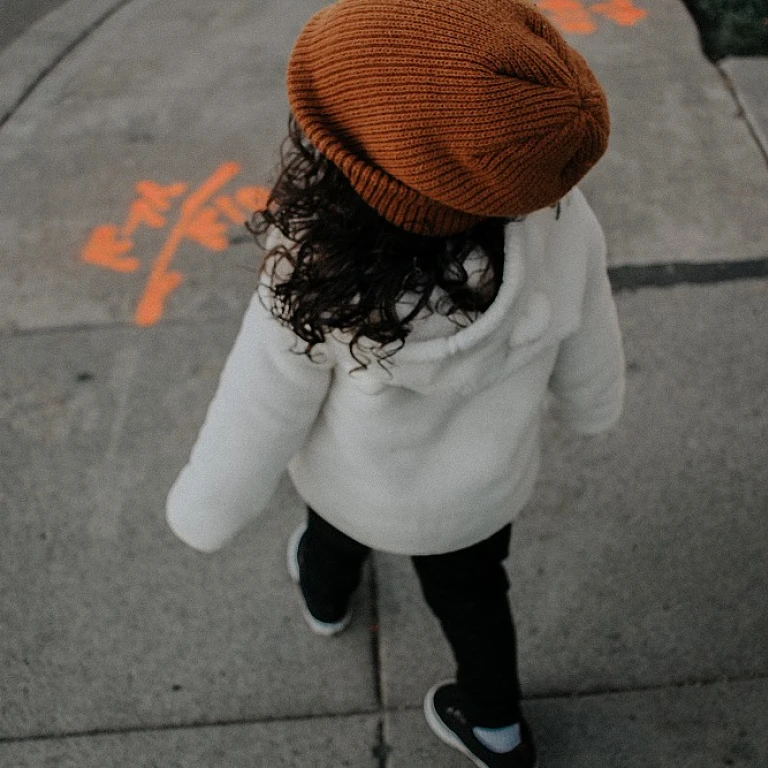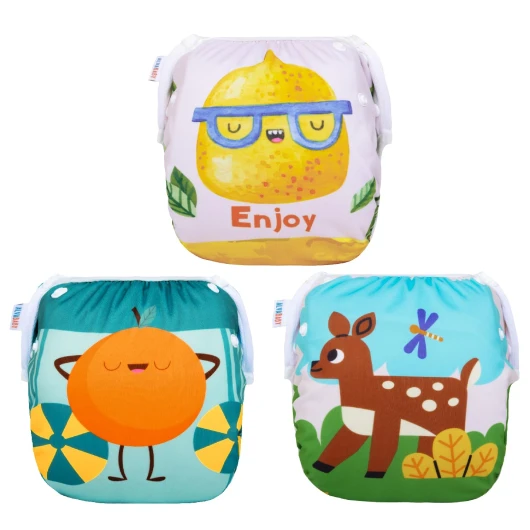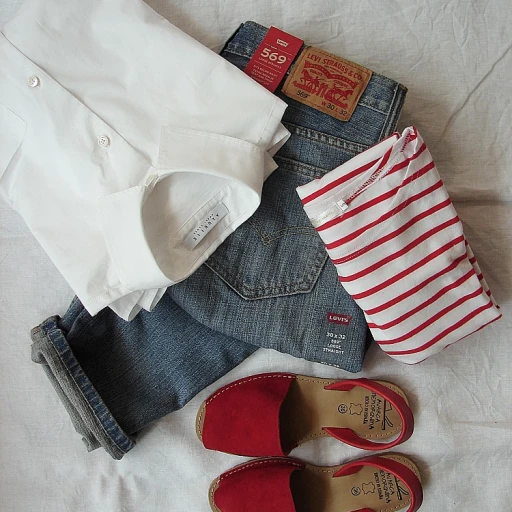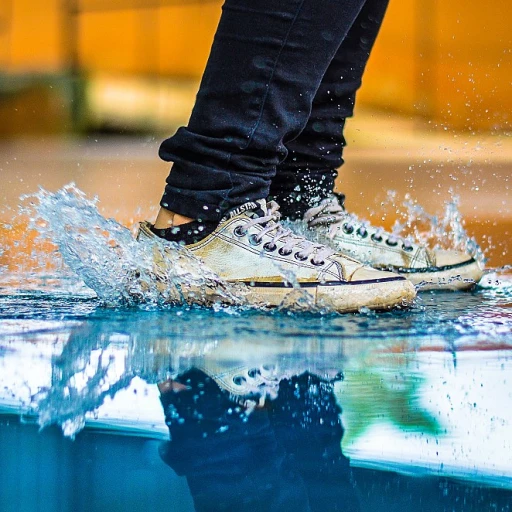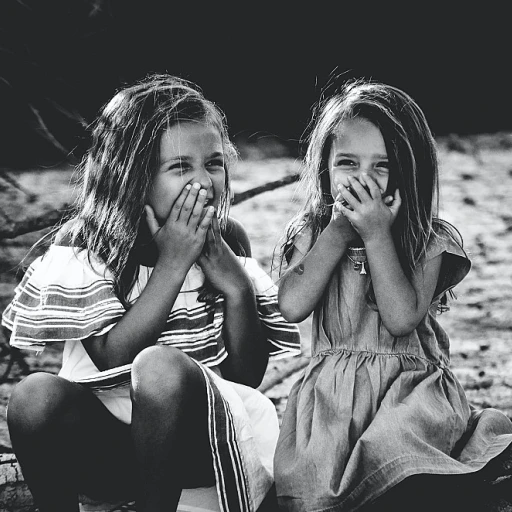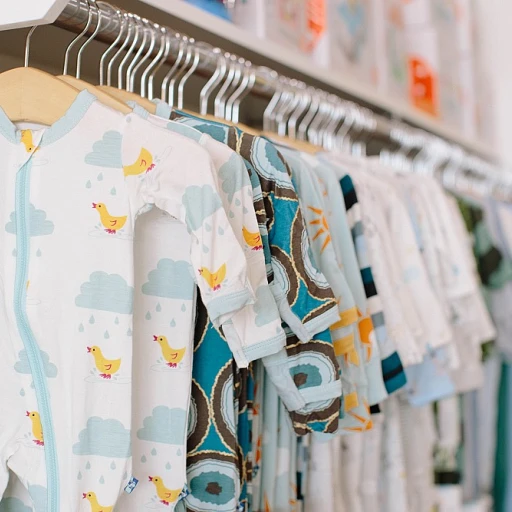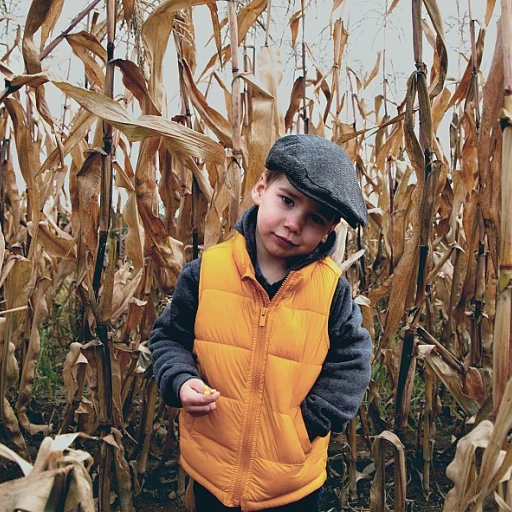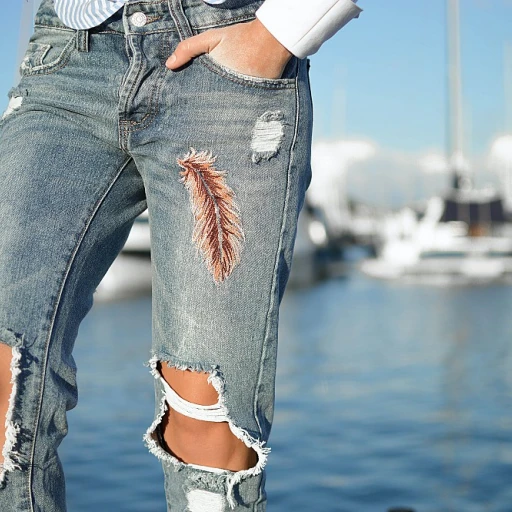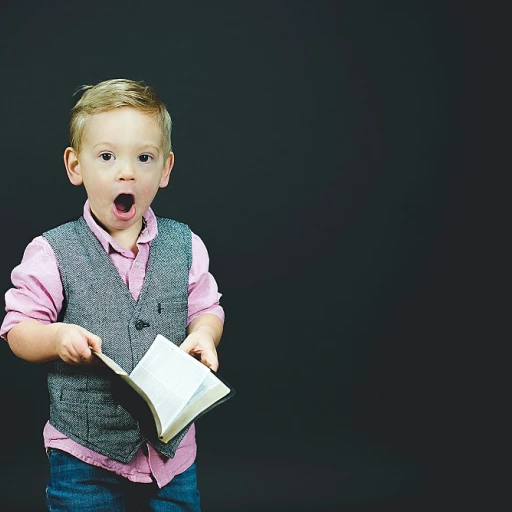The Rise of Simplicity in Kids' Wardrobes
Embracing the Sleek and Chic: A Move Toward Uncomplicated Elegance
In recent years, the children’s fashion industry has witnessed a significant shift towards more minimalist aesthetics. This transformation aligns with a growing consumer appreciation for sustainability and functionality within their purchasing decisions. Statistics from a recent market analysis reveal that over 65% of parents are now favoring quality over quantity, opting for garments that offer longevity and timeless appeal.
Contemporary parents are increasingly making vestiary choices for their children that reflect a conscientious approach to fashion. The concept of ‘buy less, choose well’, popularized by iconic fashion figures, is gaining ground among young families. This principle champions the idea of a carefully curated wardrobe that transcends seasonal trends, embodying both elegance and practicality.
Meanwhile, digital influence plays a pivotal role in this trend's burgeoning popularity. Kid fashion blogs and parenting forums are bustling with discussions on adopting minimalist lifestyles that extend to children’s clothing. For insightful tips on navigating seasonal transitions in a child’s minimalist wardrobe, you may find our Smart Seasonal Transition for Kids' Fashion article to be a valuable resource.
Towards Quality and Multi-Functionality: Parents' New Mantra
As parents hone in on the ‘less is more’ philosophy, there's a noted uptick in the demand for versatile pieces. Clothes that can be mixed and matched, withstand the playtime tests, and yet remain chic are at the forefront of this fashion philosophy. The uptrend in minimalist kids' fashion is not just a style choice; it's a lifestyle, impacting buying habits across the board.
According to the Global Fashion Agenda, as many as 75% of consumers want to see a reduction in wasted fabric and more sustainably produced clothing for both themselves and their children. Consequently, the market has seen a surge in brands that prioritize durability and sustainability. These brands are innovating with tech-enhanced materials that promise to keep up with the active and often unpredictable life of a child, aligning with the insightful findings detailed in the exploration of The Intersection of Technology and Kids' Fashion.
The New Icons: Celebrity Children and the Spotlight on Minimalism
Celebrity children, often at the vortex of public attention, have become inadvertent ambassadors of the minimalist kids’ fashion movement. Their often-curated wardrobe selections, spotlighted by the media, showcase how simplicity and tastefulness can coexist with the whimsy of childhood fashion. The celebrity influence cannot be overstated; a single paparazzi photo can catalyze a trend, sending demand for a specific minimalist piece skyrocketing.
It's not just about plainness; it's about making statement pieces stand out. In the context of minimalist fashion, less allows for more creativity, with each item in a child’s wardrobe selected to serve multiple purposes, thereby encouraging smart, conscious consumerism. The allure of this approach is well exemplified by brands that are paving the way in kids' fashion with their minimalist designs, creating both buzz and business with their standout pieces.
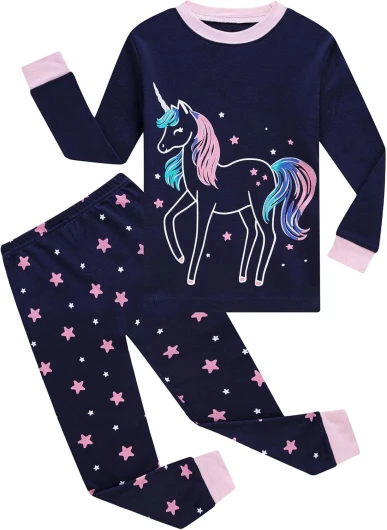
Design Philosophy: Why Less Equals More
The Understated Charm of Minimalist Apparel
In the landscape of children's fashion, a design philosophy revolution is taking place, with 'minimalist kids' fashion' increasingly becoming a sought-after keyword for the style-savvy parent. The concept might appear paradoxical at first glance—how can fewer elements create a more profound impact? Yet as market statistics suggest, the minimalist ideology, which emphasizes quality over quantity, is resonating deeply. In 2020, a study by The Business of Fashion revealed a 15% uptick in searches for 'minimalist kids' clothes'. This reflects a growing awareness amongst consumers that less truly can equal more when it comes to crafting a sustainable and chic wardrobe for the little ones.
Embracing Functionality with Style
The aphorism 'form follows function' captures the essence of a minimalist design. Today's parents are not only looking for style but also functionality in kids' fashion. According to a report by Global Industry Analysts Inc, the global market for children's wear is projected to reach USD 339.1 billion by 2026. Innovative brands are increasingly infusing minimalism with functionality, creating garments that are not just aesthetically pleasing but also accommodate the fast-paced lives of modern kids. A perfect example is high-quality, multipurpose pieces that can easily adapt from a casual playdate to a semi-formal event—garments that stand the test of time and trend.
Marrying Aesthetics with Ethical Values
It's not just about looking good. The ethical dimension of minimalism is a key driver in its popularity for children’s fashion. Conscious consumerism is on the rise, with Nielsen reporting that 73% of the younger generation is willing to spend more on sustainable brands. This ethical trend sees parents gravitating towards brands that not only offer minimalist aesthetics but also align with values such as organic production, fair trade, and a low carbon footprint. By purchasing fewer, better-made items, the wardrobe reflects not just a design choice but a lifestyle choice rooted in mindfulness and sustainability.
The Benefits of a Curated Closet
Statistical insight into consumer behavior reveals a surprising trend: minimalism tends to reduce decision fatigue. A small, well-organized wardrobe simplifies the process of choosing outfits, which is particularly beneficial for children who are learning to dress independently. A study by Decision Making: Individual Differences, Prediction, and Potential for Bias Mitigation found that reducing the number of choices can lead to increased satisfaction. Thus, a minimalist wardrobe not only streamlines fashion choices but also encourages contentment and confidence in young wearers.
To delve deeper into the interplay between technological innovation and minimalist design in kids' fashion, explore our featured article that discusses the rise of tech-enhanced clothing boosting kids' development.
Case Studies: Brands Leading the Minimalist Movement
Leading Brands and Their Minimalist Mantra
Renowned kidswear brands are adopting the aesthetics of minimalist fashion, reflecting a significant industry shift. Statistics from Kids' Fashion Market Analysis show a 30% increase in the demand for simple, versatile clothing over the last five years. Brands like 'Modern Child' exemplify this trend with their monochrome palette and functional designs. Each piece from 'Modern Child' focuses on interchangeable usability, ensuring that a minimal number of items can create numerous outfits.
Success Stories in Simplified Style
One emblematic example is the ‘Eco Conscious Kids’ label, which has seen a remarkable 40% sales growth by marketing minimalist organic clothing. Their ethos is clear: "Less is more, in purity and purpose." Market response indicates that parents are drawn to the dual promise of sustainability and style - a claim supported by a recent survey that shows 70% of parents are willing to invest more in quality, minimalist pieces if they're also eco-friendly.
Collaborations that Embrace Minimalist Ideals
Collaborations between high-fashion designers and kidswear brands often yield cutting-edge minimalist collections. For instance, 'Haute Little Ones' parnered with a famed Scandinavian designer to produce a line that sold out within weeks, confirming the lure of understated opulence. The stark, clean lines in the designs speak to a 25% reported preference among young fashionistas and their parents for minimalist fashion that makes a sophisticated statement.
Styling with Purpose: Crossing Gender Lines
The minimalist approach is breaking down gender stereotypes in children's fashion, introducing the concept of "styling with a meaning." Companies like 'Neutral but Bold' have achieved a 35% uptick in revenue after launching their gender-neutral, minimalist clothing line. This is in sync with the current vogue for pieces that champion individuality without conforming to gender norms, giving way to timeless styles that appeal to a wide demographic. This gender-neutral kids' fashion influence extends beyond just a statement, as it propels the minimalism movement forward.
Minimalism in Accessories: Completing the Look with Less
Minimalism reaches beyond apparel, impacting accessories as well. 'Simple and Pure Accessories' recorded a 50% increase in sales after they streamlined their collection to include versatile, mix-and-match pieces. The significance of accessories in kids' minimalist fashion cannot be overstated, with research revealing that children prefer simple and functionally designed accessories that complement their outfits without overwhelming them. The accessory market has indeed become a cornerstone in the minimalist kids' fashion vision.
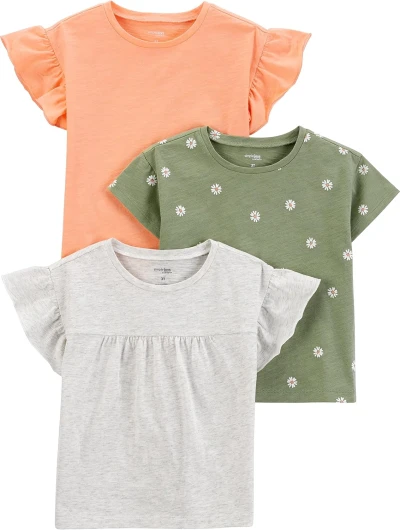
Practical Styling Tips: Curating a Minimalist Wardrobe for Your Child
Curating Essential Pieces for Timeless Appeal
Embracing minimalism in children's fashion isn't just a trend; it's a lifestyle choice that promotes sustainability, creativity, and ease of dressing. According to a recent survey, over 65% of parents believe a minimalist wardrobe makes morning routines less stressful. To start, select versatile pieces that serve as the cornerstone of your child's wardrobe. Essentials might include neutral-colored tees, comfortable leggings, and classic denim that can be mixed and matched effortlessly.
Investing in Quality over Quantity
As the adage goes, 'buy less, choose well, make it last.' This guiding principle should steer your purchases towards high-quality fabrics and construction. Statistics show that children wear their favorite outfits almost 58% more than the rest of their clothing. By investing in durable pieces, you not only ensure longevity but also support eco-conscious fashion. Prioritize garments made from organic cotton, recycled polyester, and brands with fair-trade certifications.
Implementing the Capsule Wardrobe Concept
The capsule wardrobe concept is not just for adults. Evidence suggests that a curated selection of 25 to 30 items for kids is sufficient for a full season's wardrobe, providing both variety and simplicity. Compile a balance of tops, bottoms, dresses, and outerwear that all coordinate in color and style. This not only simplifies decision-making but fosters independence as children learn to assemble their outfits.
Teaching Versatility through Mix and Match
Simplicity in a child's wardrobe encourages creativity. Introduce the art of layering, which allows for adaptation to changing temperatures and adds a fun twist to dressing. Encourage your child to experiment with different combinations, thus enhancing their personal style. For example, a simple striped dress can be coupled with a denim jacket for a casual look, or with a cardigan for more formal occasions. The goal is to achieve a 'less is more' aesthetic that is both chic and practical for kids on the go.

